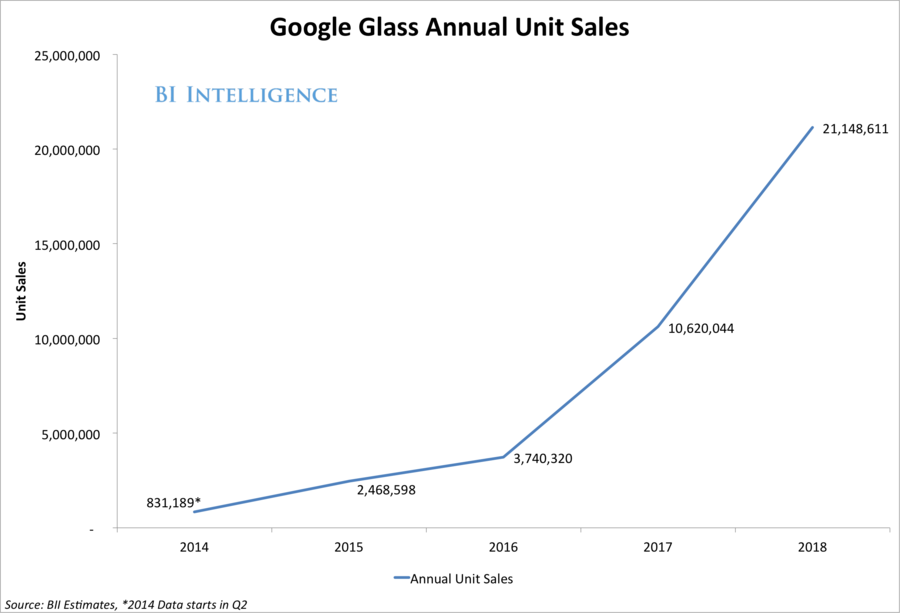The Facebook Effect (On Real Estate Prices), by Kim-Mai Cutler in TechCrunch
Jared Sperli stashed this in economics
Stashed in: Zuck!, Palo Alto, Homeless, @kimmaicutler, Bay Area Housing
I hope this will happen to Sunnyvale once Apple's new HQ opens!!!
Home owners love this trend. People who aspire to own homes, not so much.
It’s no surprise, but those who quite literally live on the margins of capital are the most vulnerable to its swings and busts. The price surges in East Palo Alto are more extreme because one-third of the city’s homes went into foreclosure after the subprime crisis, only to be bid and bought back up again during the new tech boom.
There is no reason that the prodigious level of job creation over the last few years here has to negatively impact low-income communities throughout the Bay Area — except for the fact that the peninsula and South Bay suburbs are clinging to a mid-20th century suburban model of development that is no longer suitable for the kind of economy we have in Northern California.
The Wall Street Journal had a story on this yesterday: space is so tight that tech companies are paying north of $90 a square foot in Mountain View. Those are Manhattan skyscraper prices for 1980s-era suburban office parks. It is like running the entire industry on the physical equivalent of MS-DOS.
You can either scale the physical infrastructure of the region or you can move the jobs. I favor doing both, but it seems obvious that the world is on an inexorable path towards mass urbanization and that the type of creative and collaborative work done in the industry today favors density.
The younger generation in tech understands that in a knowledge-based economy, the value of what is created in Silicon Valley both economically and culturally is in the network. It depends upon who we can bring and include here — not in physical assets like a piece of land or a home.
But the peninsula cities have majority homeowner voting bases, and their elected political bodies are incentivized to protect these assets through slow-growth policies and exclusionary zoning.
This approach has paid off handsomely. Palo Alto home prices, for instance, have outperformed the S&P 500 by almost 2X over the past 16 years with significantly lower volatility.
Cost of a 2 BR apartment in SF doubled from 2005 to 2015 to $4600/mo average.
https://twitter.com/michaelprhodes/status/595037719241232384











10:52 AM May 03 2015